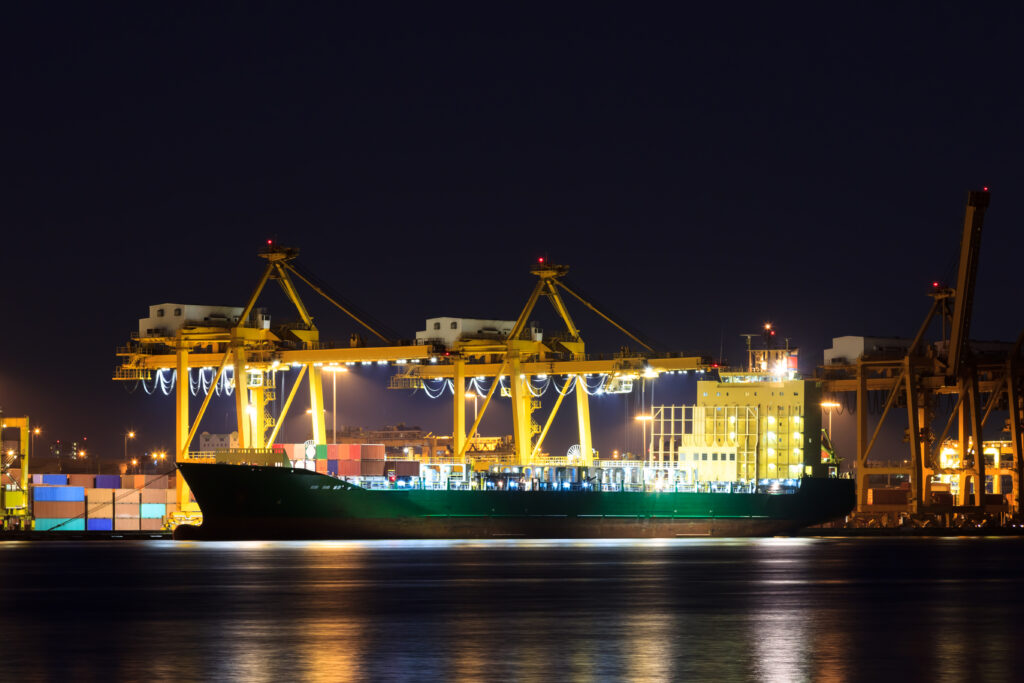Efficient crew management is the backbone of successful maritime operations. The complexities of handling diverse crew schedules, performance metrics, and regulatory requirements make traditional management methods increasingly inadequate. Vessel Management Systems (VMS) offer a modern solution, combining technology and automation to optimize crew efficiency and enhance overall performance.
This guide delves into the transformative impact of VMS on crew management and provides actionable steps for integrating such a system into your operations.
The Role of VMS in Enhancing Crew Management
A Vessel Management System (VMS) is a robust software platform designed to address the multifaceted challenges of crew management. It serves as a centralized hub for managing administrative, operational, and compliance-related tasks, making crew oversight more streamlined and effective.
Core Features of a VMS for Crew Efficiency
-
- Dynamic Scheduling Tools: Simplifies shift management and prevents fatigue by adhering to work-rest regulations.
-
- Real-Time Performance Insights: Tracks crew productivity through data analysis and identifies improvement areas.
-
- Compliance Monitoring: Automates tracking of labor and safety regulations, minimizing risks of violations.
-
- Digital Record-Keeping: Reduces reliance on paper documentation, making audits and reporting seamless.
-
- Training Integration: Tracks training completion and identifies skill gaps for targeted development.
By automating these processes, a VMS helps maritime operators align crew efficiency with strategic goals.
Key Benefits of Adopting a VMS for Crew Management
-
- Optimized Resource Allocation Efficient resource allocation starts with understanding crew workloads. A VMS provides tools to balance tasks across team members, ensuring optimal utilization of available manpower while preventing burnout. This approach not only improves operational continuity but also contributes to a healthier, more motivated workforce.
-
- Proactive Compliance Management Labor laws and maritime regulations require strict adherence to working hours, rest periods, and certifications. A VMS ensures compliance through automated alerts and updates, reducing the likelihood of penalties and ensuring the vessel operates within legal parameters.
-
- Real-Time Performance Monitoring Tracking crew performance in real time enables operators to identify trends and potential issues early. For instance, recurring delays or errors in specific tasks can be addressed through additional training or support. This data-driven insight transforms crew management from reactive troubleshooting to proactive performance optimization.
-
- Simplified Payroll and Administration VMS platforms eliminate the complexities of manual payroll calculations. By automatically factoring in work hours, overtime, and deductions, they ensure timely and accurate payments. This precision not only reduces administrative burdens but also fosters trust and satisfaction among crew members.
-
- Enhanced Training and Development Crew skill levels directly impact vessel safety and efficiency. A VMS helps identify training needs by analyzing task performance and certification data. Operators can then design personalized development programs, fostering professional growth and operational excellence.
Step-by-Step Approach to Implementing a VMS for Crew Efficiency
Step 1: Pinpoint Crew Management Challenges Begin by assessing your existing crew management practices. Identify bottlenecks such as inefficient scheduling, compliance gaps, or high administrative workloads. Clear insights into these challenges will guide your selection and customization of a VMS.
Step 2: Prioritize Key Features Select a VMS with features aligned to your priorities. For instance, if compliance is a major concern, focus on systems with advanced regulatory tracking capabilities. If payroll complexity is the issue, ensure the software integrates seamlessly with financial management tools.
Step 3: Build Crew Awareness and Engagement Introducing a new system requires strong crew buy-in. Communicate the benefits of the VMS, such as reduced workload and improved scheduling fairness, to gain support. Offering hands-on training ensures the crew feels comfortable and empowered to use the system effectively.
Step 4: Integrate the System with Operational Workflows A VMS performs best when integrated into existing workflows. For example, connect the system with onboard sensors, reporting tools, or company HR platforms for seamless data exchange. This integration ensures a unified approach to crew and operational management.
Step 5: Measure and Refine Regularly review the VMS’s impact on crew performance and operational efficiency. Collect feedback from users and use system analytics to identify areas for improvement. Iterative adjustments will maximize the benefits of your investment.

Vessel Management is an indispensable tool for modernizing crew management in the maritime industry. By streamlining administrative processes, ensuring compliance, and empowering performance monitoring, a VMS enables operators to unlock the full potential of their workforce.
Investing in the right system and implementing it thoughtfully ensures lasting improvements in crew efficiency, morale, and operational outcomes. With the maritime industry’s growing complexity, adopting a VMS is not just an enhancement—it’s a strategic necessity.
